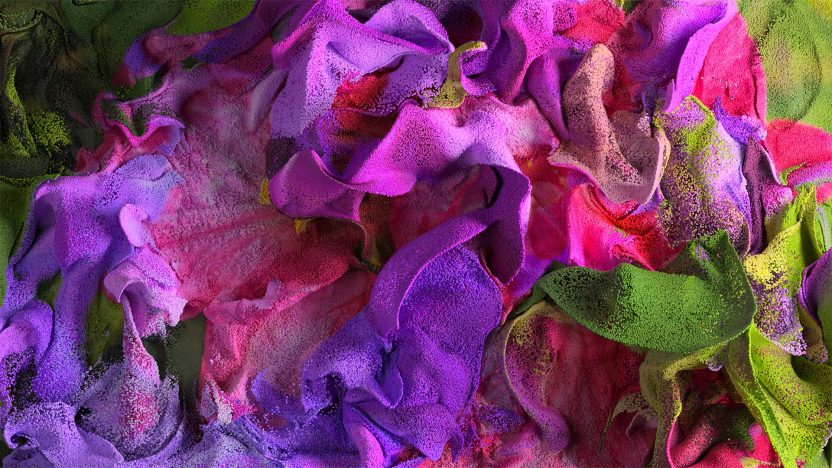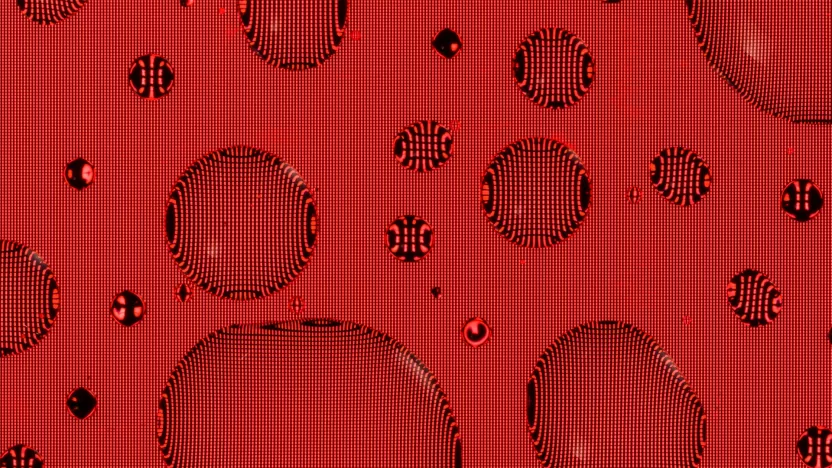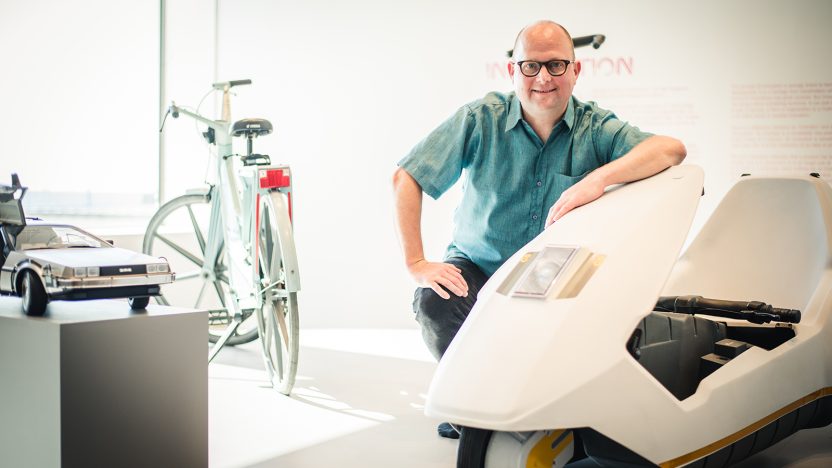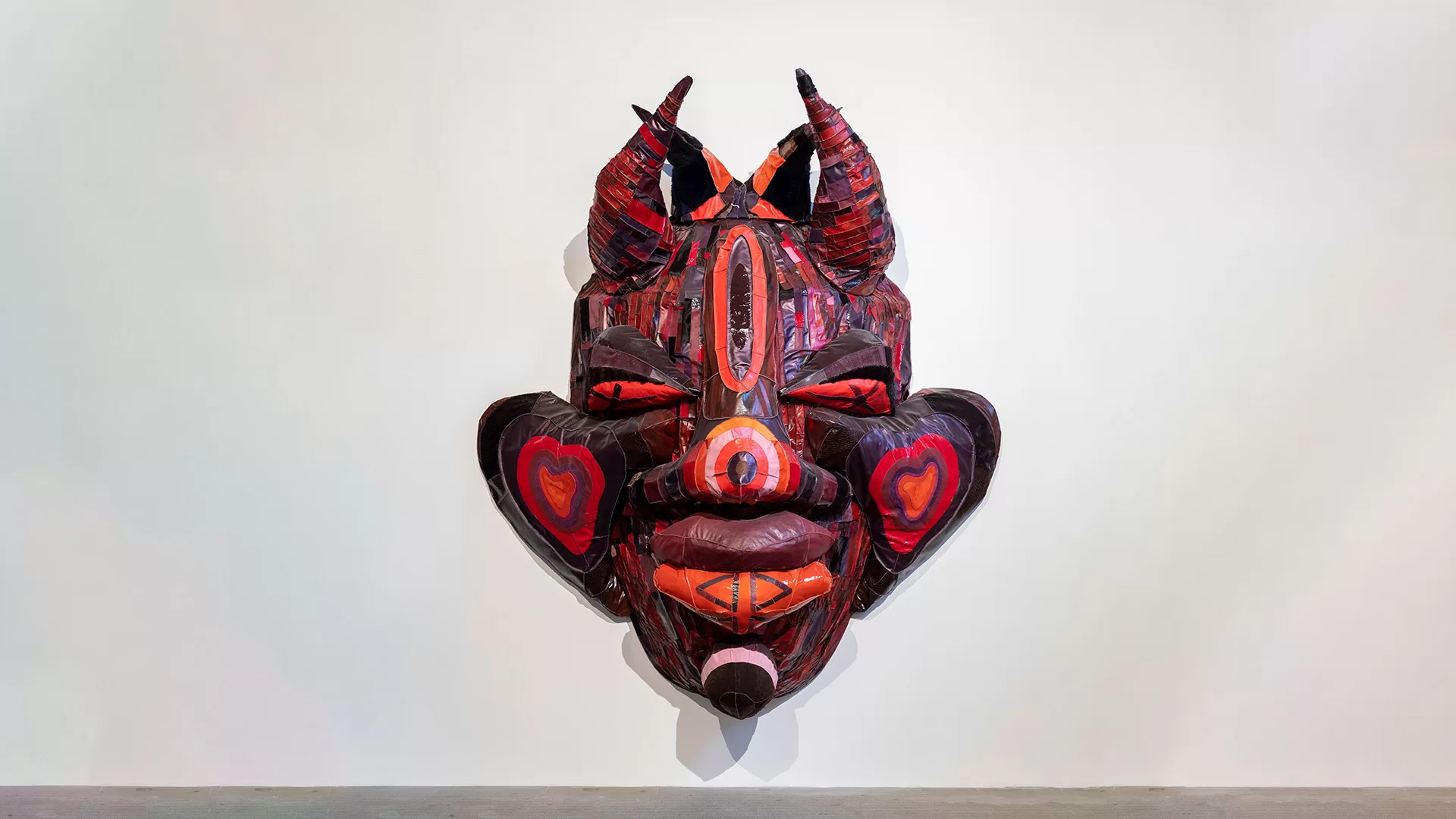
Through the prism of imagination
The curator of the 59th Venice Biennale discusses the impressive conversion of the time-honored event into an overarching transhistorical show. By forging new links between past and present, it addresses contemporary issues and reflects our dreams, desires, and visions
in a conversation with Cecilia Alemani by Eleonora Raspi
Though different in form, dreams and desires both manifest a certain predilection for the unconscious, the unknown, and our relationship with others. These topics undoubtedly shape and guide our contemporary milieu. Over time, artists have attempted — through their work and creative vision — to narrate the present through different lenses. In some cases, they have foreshadowed the future by asking us to read what surrounds us from different perspectives.
In this article, which features a conversation with Cecilia Alemani, the curator of the 59th Venice Biennale, we explore the impressive conversion of the Bienniale into an overarching transhistorical show. By generating new layers of meaning that bridge the present and the past, it has dwelled on contemporary issues, reflecting our dreams, desires, and visions.
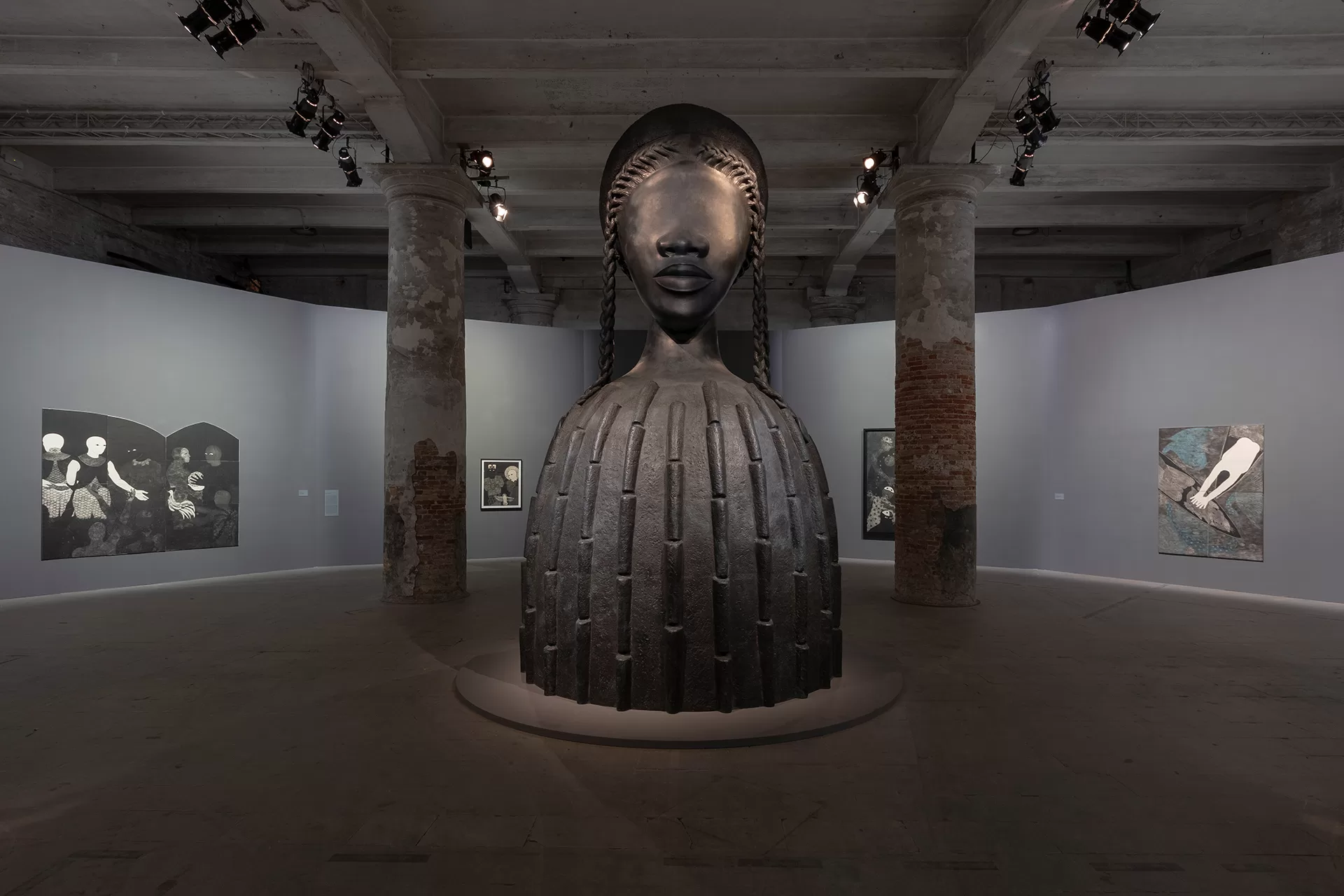
Photos by Roberto Marossi Courtesy © Archivio Storico della Biennale di Venezia, ASAC.
Eleonora Raspi: The 59th Venice Biennale takes its title from the children’s book The Milk of Dreams by the British artist Leonora Carrington. Could you tell me about your sources of inspiration and the conceptual framework of the entire exhibition? And who are the first artists you invited?
Cecilia Alemani: Leonora Carrington was an inspiring force for the exhibition. However, she may be considered more as a point of arrival than a starting point. Since the Biennale was postponed for a year due to the pandemic, the preparation for this show was a long process that involved reading, studying, and brainstorming at a dramatic and rather absurd time. I was inspired by many studio visits through Zoom and other online meeting platforms with artists from around the world, which was not the same as walking into an artist’s studio and looking at art in person. At the same time, many critical questions were raised in these almost confessional conversations. Because of the emergency we were experiencing, our conversations naturally revolved around existential dialogues and reflections on the current condition. Moreover, post-human philosophy, including essays by writers such as Rosi Braidotti and Donna J. Haraway, certainly played a key role. Posthumanism is a condition that became even more tangible during the pandemic when the centrality of man as the “measure of all things” was visibly shaken, and we found ourselves kneeling before an invisible and microscopic force. Katharina Fritsch and Simone Leigh were the first artists I invited. Their respective works, Elephant and Brick House, became the cornerstones of the exhibition. In many ways, they perfectly embodied my curatorial approach, as they referred to the possibility of outlining new ecosystems and forms of relationship with other communities and human beings, the environment, plants, and animals. In this spirit, I placed Fritsch’s life-size, realistic sculpture of an elephant in the primary room of the Central Pavilion, and Leigh’s monumental work at the entrance to the Arsenale. In particular, Brick House, a portrait of a black woman whose body becomes both a skirt and an element of West African architecture, embraces the theme of metamorphosis, which is also the fil rouge of the entire operation.
In Fragile Umanità, the philosopher Leonardo Caffo talks about the concept of the “post-human” linked to ideas of fluid transformation, hybridity, and openness to others. How much do these concepts become part of your curatorial research?
To me, philosophy is a way of reading art. At the time of the Biennale, post-human thought seemed to bring together all the concerns I saw in the new generation of artists, so I viewed it as a coherent and up-to-date tool to embrace their preoccupations and issues. Overall, what I find particularly compelling is how post-human thought can be intersectional and intersect the human condition, including society, ecological crisis, migration, and feminism. When I think about my curatorial practice in general, I’ve never really wanted to work in a traditional and “safe” white cube museum. Rather, I’ve always been interested in spaces that reflect the reality that surrounds us. This is the case with my work at the High Line in New York, which, as a young and fairly new institution, can embody many of the contradictions and concerns of our time.
In a 2020 interview, artist Anicka Yi discussed with me how the pandemic should have been approached as a chance to reconfigure the idea of humans to reinforce the pursuit of alternative schemes of thought. It’s been three years since this “revolution” began: are we moving in this direction?
I can see a divergence in people’s reactions: on the one hand, there is a strong desire to return to a kind of normalcy where nothing has really changed. This mindset is also evident in how the Biennale was perceived — as a regular exhibition — despite being fully conceived and created during a crisis. On the other hand, we are now aware of what the pandemic has taught us. Above all, art has shown us that the things that were shaken, uprooted, and challenged during the pandemic must be revisited. Sadly, it seems that in today’s world, the revolution you’re talking about just isn’t happening on a general level but only within intellectual and artistic contexts. Indeed, one of the effects of these revolutions is often the very desire to return to normalcy.
So, what kind of future world do artists desire? Have you noticed any common traits or obsessions?
On one level, artists are less obsessed with the future than we might expect. Instead, their work and creative vision tell us about the present through different lenses. In a way, they lead us into the future, prompting us to read our current environment from different perspectives and to digest and process the present in ways we might not have thought of otherwise. On another level, they are also somewhat narcissistic, and their greatest desire is always to have their work exhibited in the most prestigious and beautiful venues! One of the paradoxes we have experienced in recent years is that we have been criticizing museums as expressions of a colonial and capitalist world while artists themselves strive to be included and recognized within museums, major foundations, and public collections. Every artist dreams of making their mark on art history, and art history is still largely shaped by big-name institutions.
Surrealism, one of the theoretical references throughout the Biennale, emerged at a time of great social upheaval between the two world wars. Have you identified any similarities between that historical context and our current situation?
I’ve always been fascinated by this artistic movement which has recently received more attention from many art institutions, shedding new light on the significant role of women artists and international Surrealism outside of France. Moreover, while working on the exhibition, I realized that many contemporary artists share various methods and practices with Surrealism — such as the use of dreams, introspection, and the unconscious — not so much as a means of escaping reality but rather as a lens for interpreting the world in a different key. Surrealism emerged from the ashes of World War I in the early ’20s, a time marked by the resurgence of extreme right-wing totalitarianism. It soon became a political movement with its distinctive language and a more personal and existential approach. In this sense, we can draw a parallel between the resurgence of right-wing governments before the pandemic and the period of international crisis during the pandemic. Likewise, I see that many artists — inside and outside the exhibition — are making political statements in an intimate and personal language rather than using the same tools as ten years ago.
In the Biennale, one of the sections sparks a reflection on the relationship between art, technology, and future languages. To what extent do you see today’s technological development as an opportunity for the language of art? Is there something else at play?
Well, there are many levels. Throughout the exhibition, I wanted to delve into the history of technology and not necessarily explore NFTs. I was interested in tackling how, before the pandemic, there was a discrepancy between the enthusiasm toward technology and the fear that AI and machines would take over. This polarity was somewhat reversed during the pandemic when it became impossible to be physically together with our bodies and our families, and technology was the only tool that allowed us to be together, even through a screen. Technology brought us closer but also separated us. I believe this duality was a turning point in most of the artists’ thoughts and has become one of the most critical topics to explore today. At the same time, I wanted to see how artists from the ’60s and ’70s had imagined this conflictual and ambivalent relationship with technology.
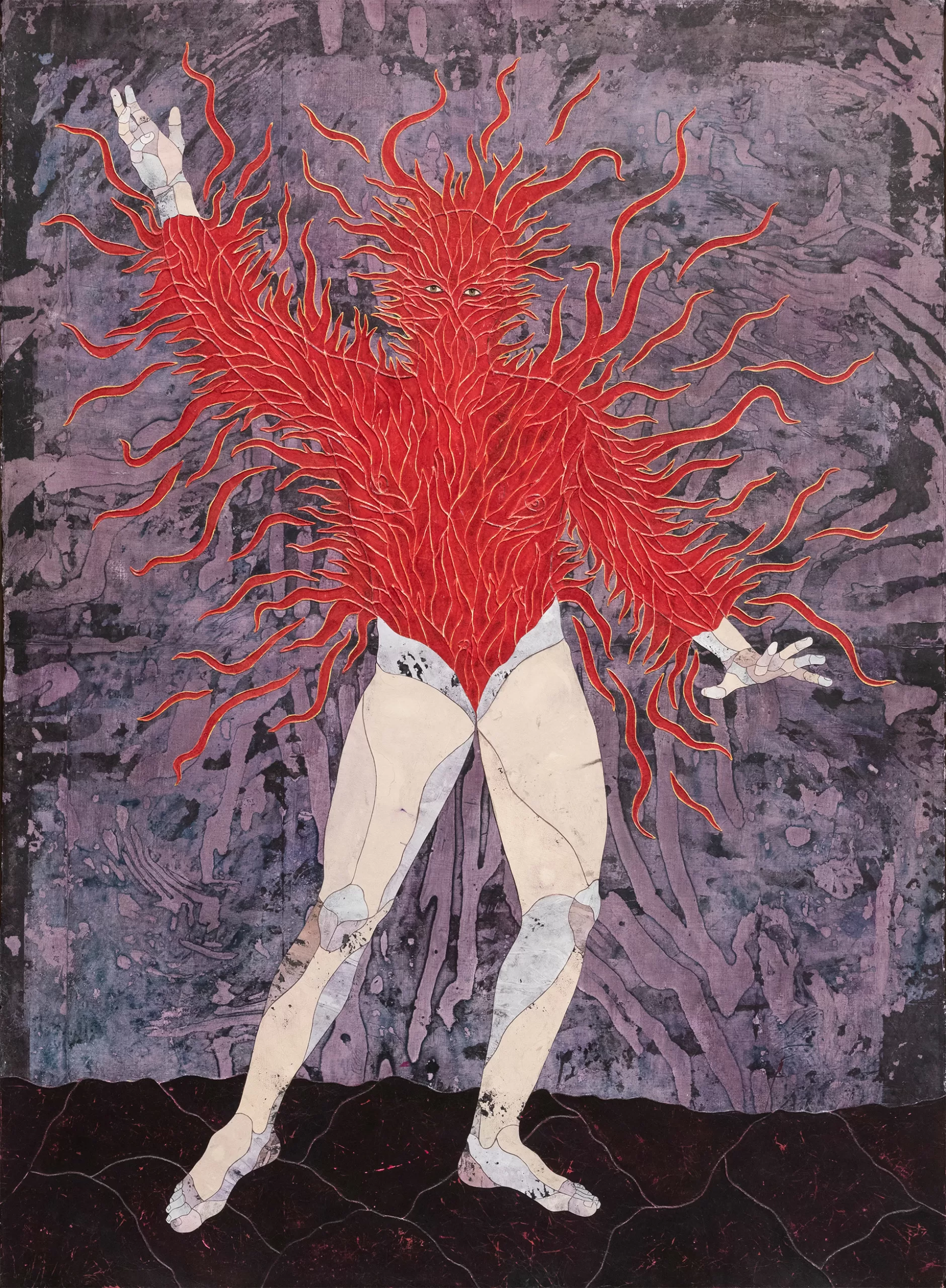
On one level, artists are less obsessed with the future than we might expect. Instead, their work and creative vision tell us about the present through di#erent lenses.
How important is it for you to work with the past?
Honestly, I haven’t thought of the term “past,” but rather of history. Indeed, this transhistorical show dwells on contemporary issues while creating new layers of meaning between present and past by looking through the lens of an institution that’s been around for over a century. As the curator, I was mindful of the fact that the Biennale is part of a lineage of exhibitions that have been taking place for a long time, in a particular cultural and social context where some of the stories have been highlighted and many others ignored. I wanted to take a fresh look at its history and origins and identify the factors that have made the Biennale what it is today. With this in mind, and across the time capsules, I focused on some lesser-known stories that were often told by women artists, embracing a broad idea of the past made up of a multiplicity of views. As critics and curators, I believe we must analyze the past with fresh eyes and question to what extent certain artists such as Juan Miro, Rene Magritte, and Salvador Dalí are more worthy of study than female artists like Leonor Fini and Leonora Carrington. Despite the general reluctance of more conservative people to historicize artists they don’t think deserve to be included, I think this is an important exercise that allows us to reread and rewrite the history of all the creative languages through a transversal, interdisciplinary, and open approach. History isn’t a monolithic block; it should be open to diverse contemporary interpretations.
How do you think the art market reacted to the many narratives you presented?
Unfortunately, the market operates within its own bubble, with mechanisms and dynamics that are beyond what we do and think. At a certain point, it seems to have little to do with art and becomes merely a game of investment and speculation. Of course, markets can react to popular cultural trends and to major exhibitions like the Biennale, as was the case with the recent Sotheby’s auction featuring Surrealist artists. Another example is the increasing presence of works by female artists in auctions, although they still earn much less than their male counterparts. I can say that the market reacted somewhat after my exhibition, although it didn’t bring about any real change in the art world. Imbalances and inequalities are still very much present.
Speaking of visitors, to what extent is the desire to share one’s attendance in important events like the Biennale on social media part of a ritual? Does it enhance/impoverish the experience of art fruition?
Whether we like it or not, social media is a part of our contemporary language. I don’t have a strong critical opinion about it, but I do believe it’s an important tool that adds an additional layer of fruition and communication to the exhibition itself. Indeed, since the advent of social media platforms, we have witnessed a revolution in how images from the Biennale are shared online. Moreover, thanks to the widespread diffusion of images on social media, many have personally shared their comments and feelings with me. This adds a level of exchange that bridges the gap between the art world and everyday people. For example, many women from different generations stopped me on the streets of Venice to tell me how much the exhibition meant to them. Indeed, the positive reactions from people have been incredibly satisfying.
And lastly, what are you currently working on?
I’m back at the High Line, which gives me the opportunity to work with museum artists in a completely different context. In May, we’ll unveil a beautiful sculpture by Pamela Rosenkranz, who was part of the Swiss pavilion a few years ago. She won the High Line Plinth commission with her Old Tree, a bright red-and-pink sculpture that brings to life a myriad of historical archetypes wherein the tree of life connects heaven and earth. It also offers a reflection on the relationship between nature and artifice.
Both the Biennale and the High Line are deeply connected to the public context and the cities in which they’re located. What creative inputs and desires does the city have to offer?
The case of the High Line is a great example of this. It is an old railroad line from the ’30s that was transformed into a public park in 2009, owned by the City of New York and managed by the Friends of the High Line. One of the very first ideas that the two founders of the Friends had was to launch a competition for ideas involving both professionals and ordinary citizens to find out what they imagined this controversial and unique urban space should become. Some interesting and even utopian ideas were proposed — such as a two-kilometer swimming pool or a roller coaster. The fact that cities can still offer new insights and artistic inspiration to architects, urban planners, and art professionals shows how our cities can act as sources of creative energy for all of us in the industry.
